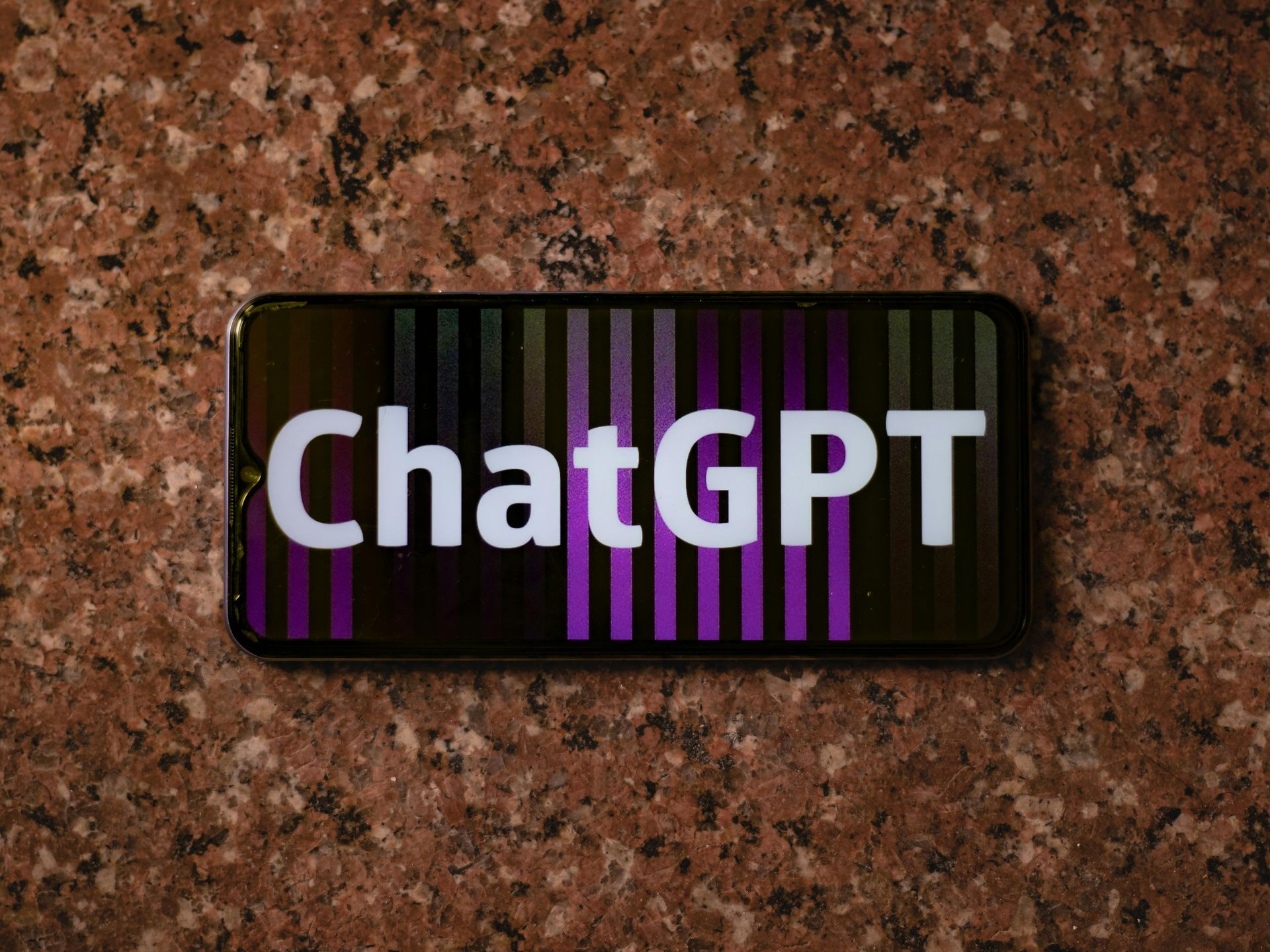Blog
Keep up to date with the latest news and information in the digital marketing world! Our experts share expertise and helpful insights regularly.

Running a small business is exciting, but marketing can feel like you are juggling five things while someone keeps tossing you a sixth. Between tight budgets, shifting algorithms, and limited time, most business owners end up doing their best with whatever hours are left in the day.
At Consumer Outreach, we see the sa

in today's competitive market, getting clients isn't just about casting a wide net; it's also about making them very interested in what you have to offer. This is where demand generation comes in. It changes the way organizations interact with potential customers and helps them expand in a way that lasts.

Running a small business means constantly juggling priorities. You’re managing operations, finances, and customers while also trying to stay visible in an increasingly digital world. Marketing often ends up as an afterthought, but it’s the single factor that determines whether your business gets noticed or gets lost on

The digital landscape is undergoing a seismic shift as artificial intelligence becomes the backbone of content creation and personalization strategies. Businesses across industries are discovering that AI-powered hyper-personalization isn't just a competitive advantage—it's becoming essential for survival in an increas

LLM rankings are not the same as SEO search results. Instead, they look at how well models do compared to set standards. These tests check for safety, correctness, reasoning ability, code generation, and multilingual performance. Different leaderboards employ different ways to test; therefore, a model's rank can change

AI is reshaping the way brands get seen, communicate, and convert. But with AI-driven content, tighter data regulations, and more fragmented digital channels, marketers are asking the same question:
How do you keep your voice human, your data clean, and your content visible—all at once?
The answer isn’t a magic to

We talk to a lot of marketers that are trying to figure out how AI works. "Everyone says I need to use AI, but where do I actually start?" is how most of the conversations start. That's a good question. There are a lot of articles on the internet that say AI will change everything, but most of them don't talk about how it will work. People don't need to hear another description of what AI could do in theory. They need to know how to make it work for them.



